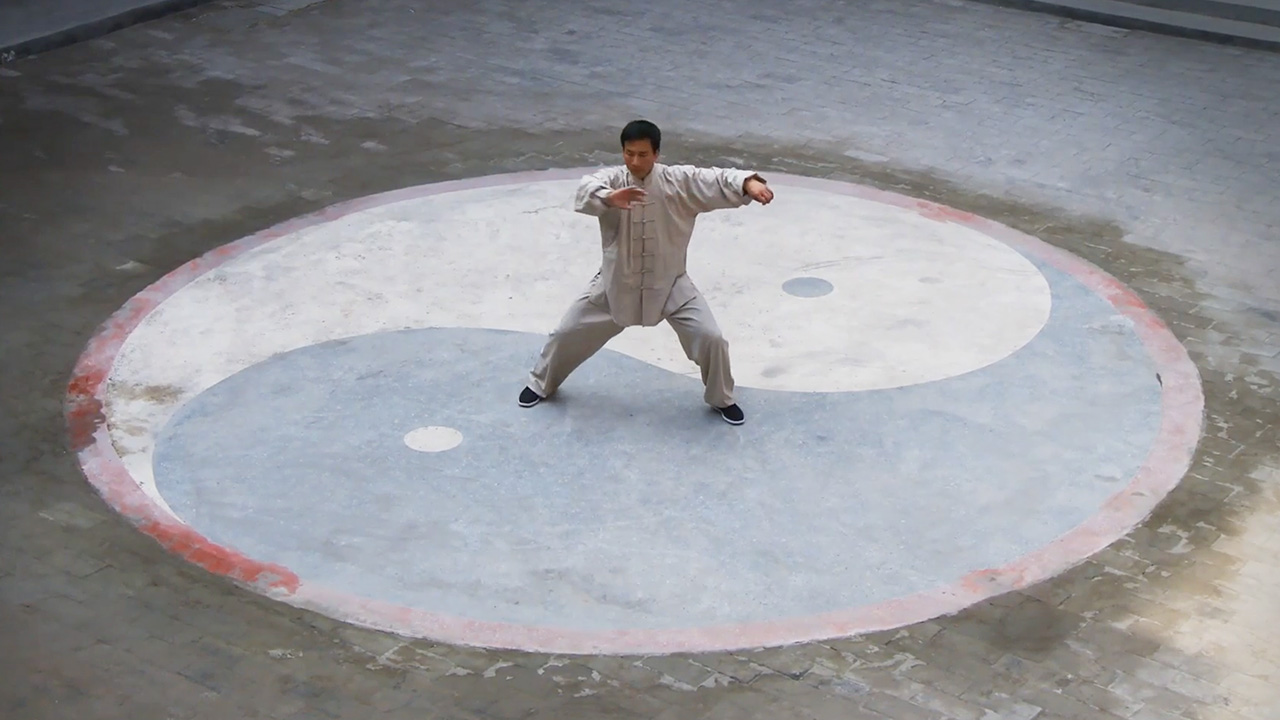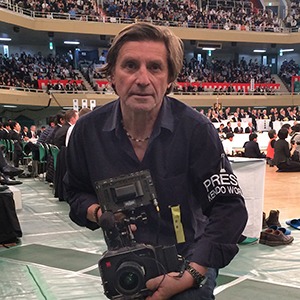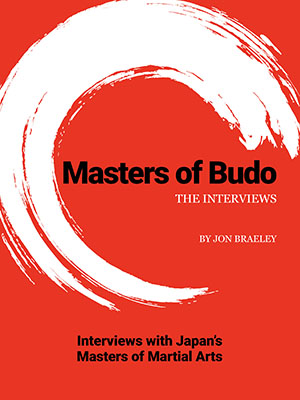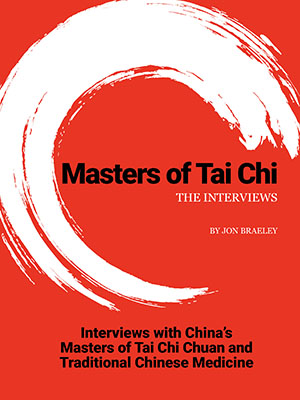Tai Chi Chuan, the ancient Chinese martial art known for its slow and graceful movements, has captivated practitioners around the world. One of the most significant questions surrounding this martial art: is Chen Village the birthplace of Tai Chi? Why is this important? Tai Chi Chuan’s roots go back further than any other martial art… to the concepts of Yin-Yang around 400 B.C.E. and of Qi (vital energy). This coincided with the philosophy of Daoism and the Chinese classic text written at this time, the Tao Te Ching. These concepts are hidden in the movements of Tai Chi and are beliefs practiced at Wudang Mountain. For Chen Village, Tai Chi is primarily a martial art. So which one can claim to be the birthplace of Tai Chi Chuan?

Chen family members with Chen Xiaoxing and Xiaowang at the family cemetery in Chen Village
The Debate: Is Chen Village the Birthplace
of Tai Chi Chuan?
Chen Village in Henan Province, China, claims to be the original home of Tai Chi Chuan. However, the historical debate surrounding this claim has raised doubts about the authenticity of Chen Village’s origins. Let us examine the controversial birthplace of Tai Chi Chuan and assess the validity of its origins in Chen Village.
Chen Village, a small rural community located in Wenxian County, Henan Province, has long been hailed as the birthplace of Tai Chi Chuan. According to the local legends, it was in this village that Chen Wangting, an esteemed military officer during the late Ming Dynasty, developed the foundations of Tai Chi Chuan. However, skeptics argue that the historical evidence supporting this claim is insufficient for the creation of Tai Chi Chuan. Yet this can also be said of Chen Village’s main rival, Wudang Mountain. For more information and to watch our Chen Village trailer go here.

The Chen Tai Chi school complex in Chen Village
Opponents of Chen Village’s birthplace claim suggest that Tai Chi Chuan might have originated from a more diverse and complex set of influences. They argue that the martial art could have evolved over time through the integration of various regional styles and techniques. Additionally, some experts propose that the origins of Tai Chi Chuan are not limited to a single location but rather a result of broader societal changes during the Ming Dynasty. These arguments challenge the traditional narrative of Chen Village’s exclusive association with the birth of Tai Chi Chuan. With Shaolin Temple only a few hours drive away, Chen Village is staking it’s claim to Tai Chi in order to rival Shaolin as a martial arts destination. For Chen Village, located in a poor farming area, this question maybe the answer to a prosperous future and so perhaps the same for Wudang Mountain.
Mystical Roots: Wudang Mountain’s Tai Chi Chuan Legacy!
Welcome to the mystical world of Wudang Mountain, where the ancient art of Tai Chi Chuan has been nurtured and preserved for centuries. Nestled in the heart of China, this enchanting mountain range is not just a breathtaking natural wonder but also a spiritual haven. So let us go on a journey to uncover the secrets of Wudang Mountain’s Tai Chi Chuan legacy, delving into its enigmatic roots and the cosmic wisdom it holds.

Taoist priest and Tai Chi grandmaster Zhong YunLong at Wudang Mountain
Tai Chi Chuan, often referred to as the “Supreme Ultimate Fist,” is not merely a martial art but a profound system of holistic wellbeing. We do know its origins can be traced back to the 15th century, when internal exercises known as Neigong were developed by Taoist monks residing in the Wudang Mountains. The ancient wisdom of Tai Chi Chuan is based on the principles of Yin and Yang, the interplay of opposing forces that govern the universe are found in Neigong. Go to the movie The Immortal Path for more information.
Practicing Tai Chi Chuan enables one to embrace the flow of life and find harmony within oneself and the world. The slow, graceful movements, combined with deep breathing and mental focus, cultivate a state of mindfulness and inner peace. It is through this meditative practice that the cosmic secrets of Tai Chi Chuan are unlocked. As the practitioner attunes to the energy of Wudang Mountain, the body, mind, and spirit merge, creating a harmonious union. There are many wall murals inside the Daoist temples that depict Tai Chi Chuan but none have historical value, being only a few decades old.
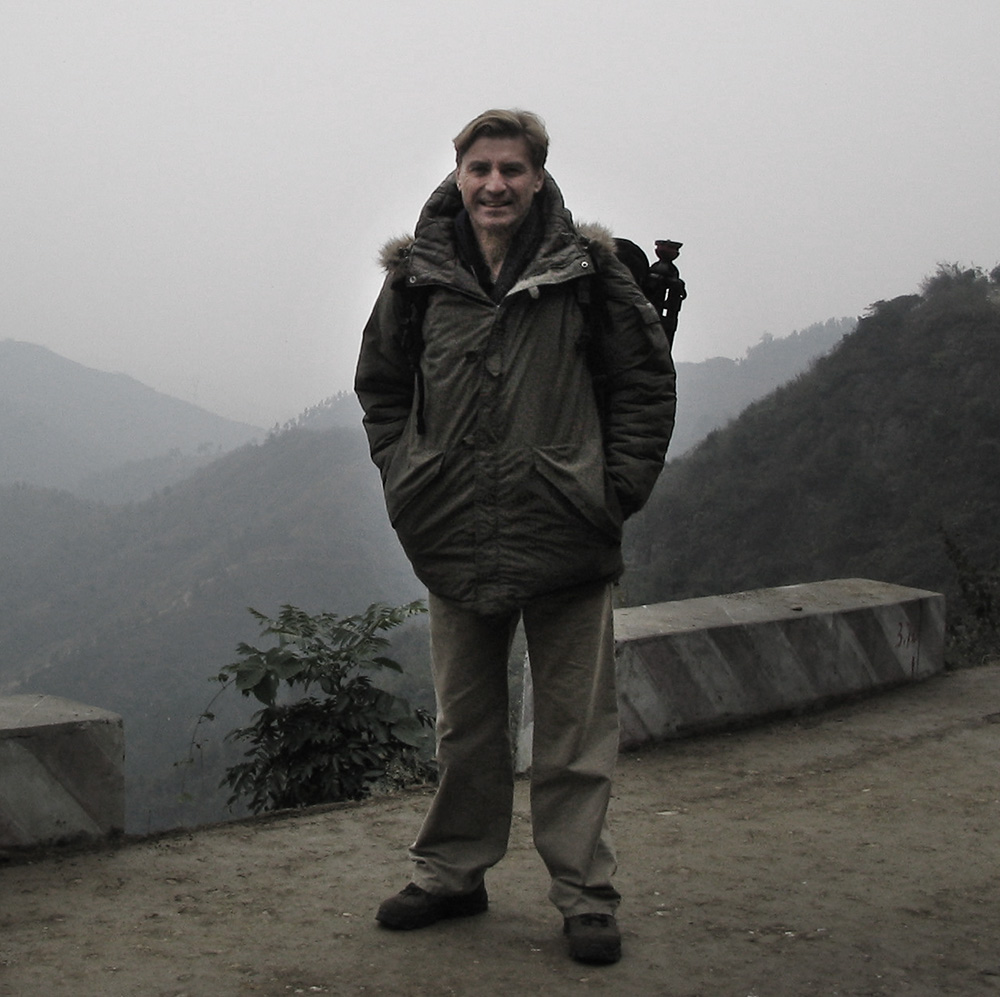
Director Jon Braeley climbing up Wudang Mountain in 2002
If you speak with Taoist Tai Chi masters at Wudang Mountain, they will tell you that Tai Chi Chuan was created by a Taoist scholar, Zhang Sanfeng in the 13th century (14th or 15th century according to some). However in China, attributing a martial art to a famous dead person was common practice and often the person may not have even existed. Records and teachings of Zhang Sanfeng’s Tai Chi Chuan only came into being in the last 100 years, and more recently we feel Sanfeng as the founder of Tai Chi was promoted by the local government’s wish to establish Wudang Mountain as the birthplace of Tai Chi Chuan and hopefully compete with Shaolin Temple for “Kungfu Tourism”. This may sound cynical but we have seen Wudang Mountain change rapidly in the last two decades – with the goal of bringing tourist dollars to the mountain.
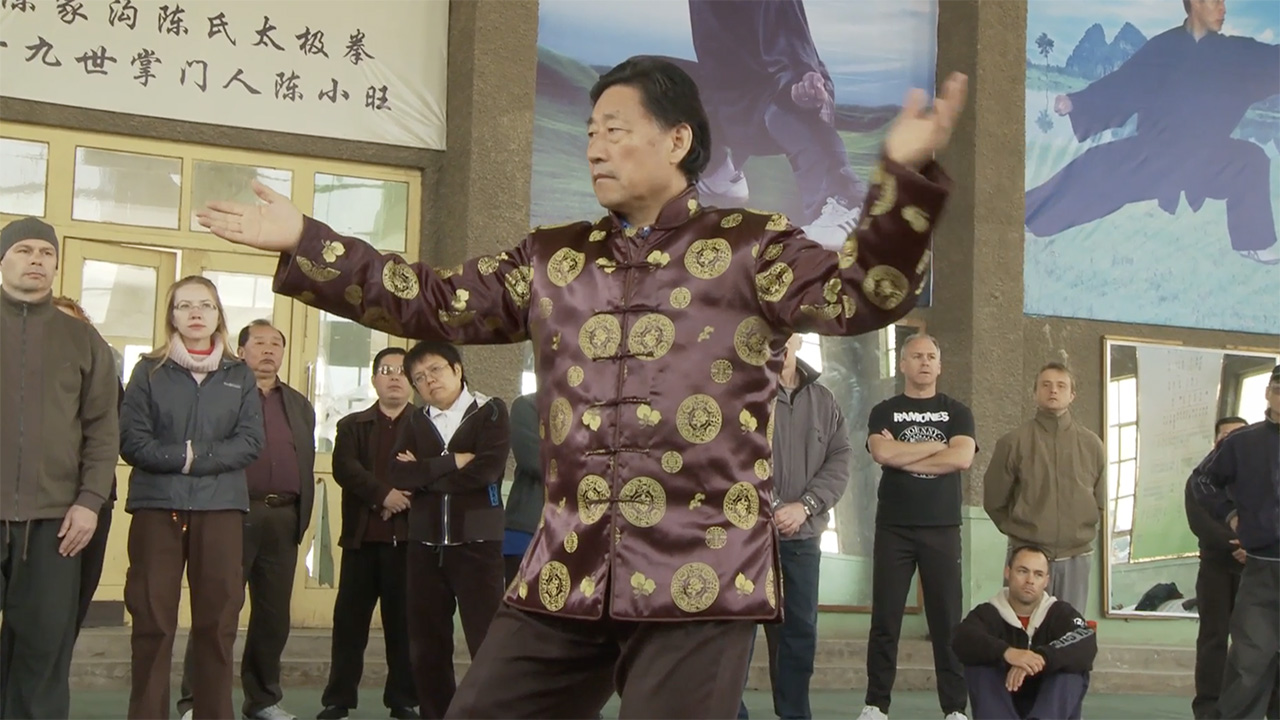
Grandmaster Chen Xiaowang teaching a visiting foreign group at the Chen Village school
The Legacy of Chen Wangting 1580-1660 in Chen Village
To assess the validity of Tai Chi Chuan’s origins in Chen Village, it is crucial to examine both historical records and the physical evidence. While there are no written records specifically tracing the roots of Tai Chi Chuan to Chen Village, there are accounts of martial arts practices in the area during Chen Wangting’s time. These accounts, suggest the presence of Tai Chi Chuan with martial arts traditions in the region.

There is physical evidence supports Chen Village’s claim as the birthplace of Tai Chi Chuan. The distinctive characteristics and techniques found in Chen-style Tai Chi Chuan, such as the explosive power known as “silk reeling energy,” are believed to have originated from the teachings of Chen Wangting, born in 1580. The statue of Chen Wangting is shown above in the Chen family temple. Furthermore, the existence of the Chen family’s martial arts lineage and the village’s centuries-old reputation as a martial arts center lend credibility to the claim that Tai Chi Chuan was indeed developed in Chen Village. Chen Wangting’s next well-known successor was the 14th generation Chen Changxing. Go to our movie store for Chen Village here.
But let us see some evidence from Chen Village before discuss Wudang’s claim. In the video above, we see a young Yang Luchan receiving the secret scrolls of Chen style Tai Chi Chuan from his teacher, 14th generation of the Chen Family, Chen Changxing. This video by Jon Braeley is taken at the historical home of Yang Luchan in Chenjiagou – known as Chen Village. Yang Luchan, born in 1799, is important in the history of Tai Chi Chuan. After moving to Chen Village, he became a grandmaster of Tai Chi Chuan after being accepted as a disciple by the Chen family. Yang Luchan went on to found the Yang style after moving from Chen Village to Beijing in the 1840’s. In 1850, Luchan was teaching large groups of Beijing students, one of which went on to found the Wu style. Clearly we see a record of how Chen style Tai Chi Chuan gave birth to Yang style and how this was transmitted to other familes and styles, spreading Tai Chi Chuan across China. In comparison, we have seen little evidence that Tai Chi Chuan existed at Wudang Mountain before the 18th century or at the same time as Chen Village. By 1799 Chen Changxing was already a well regarded martial arts master teaching Tai Chi Chuan in Chen Village.
While the historical debate surrounding Chen Village’s status as the birthplace of Tai Chi Chuan continues, it is essential to approach the topic with an open mind. The lack of concrete written records may be attributed to the turbulent times during which Tai Chi Chuan emerged. Nevertheless, the combination of oral traditions, physical evidence, and the distinct characteristics of Chen-style Tai Chi Chuan supports the claim that Chen Village played a significant role in the birth and development of this martial art. As modern practitioners continue to explore the origins of Tai Chi Chuan, it is vital to acknowledge the complexity of its creation and the potential contributions from various sources.

